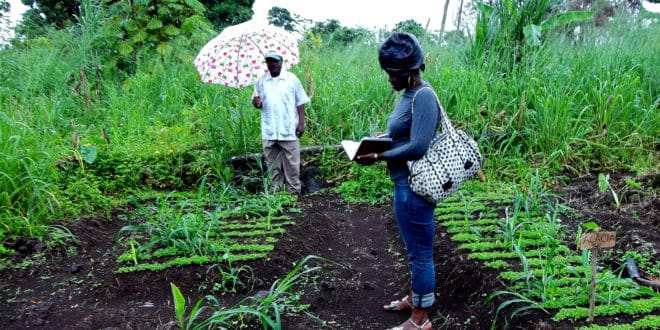A friend of mine was recently assigned to “monitor” a pilot project implemented by a local NGO. The only problem was that no-one had told her exactly what monitoring meant. Would it mean she just had to check off that the staff had implemented the activities on the work plan? Could she take their word for it that they had implemented the activities? Or did she actually have to observe them being implemented? How much responsibility did she have if they weren’t implemented?
These are questions that I’ve often wondered myself. Most people in international development would agree that monitoring is about making sure the project activities are implemented the way they are described in the plan. However, monitoring is so often lumped in with its sexier cousin evaluation (to become M&E), that people rarely consider what it actually requires in practice. All too often, monitoring is reduced to just checking off the numbers of outputs produced (10 training sessions… check, 100 trained peer educators… check, 500 referrals… check).
In reality, monitoring should be a lot more than just checking off outputs. So, here are some of my own tips for monitoring – most of which I learnt the hard way!
- Don’t ever assume an activity is being implemented according to the plan. Every activity needs to be monitored.
- First check that the right number of activities have been completed. For example, if 20 training sessions should have been run with 100 participants each, is this the case?
- Then check that the right people are implementing the activities. If the project plan says the training will be conducted by trainers with at least two years experience, is this the case?
- Finally, check the quality of the activity. Regularly observe activities being delivered (ideally randomly), using a checklist to compare what you observe to the plan. For example, if home visits are supposed to last for 30 minutes and provide accurate information on three agriculture topics using a flipchart, is this the case? If you can’t observe something directly then ask someone to else observe it or take a video.
- Invite the participants or other people from the community (e.g. village leaders) to regularly observe the activities themselves using a checklist they have agreed to, and take their feedback seriously (the buzzword for this is “participatory monitoring”).
- Don’t forget to check how the budget has been spent on the activities compared to the original plan. For example, if the peer educators should have received $5 for transport, did they receive this and was it enough (or too much)? Look for discrepancies and opportunities to save money.
- Every time you monitor an activity write a report (including photos) to document any discrepancies between the plan and actual implementation. These reports will be helpful during the evaluation.
- If you find a problem with an activity during monitoring then do something about it! There’s no point monitoring if you aren’t going to use the results to improve the project.
For a great manual on how to do monitoring check out the inProgress website (recommended to us by How Matters).




